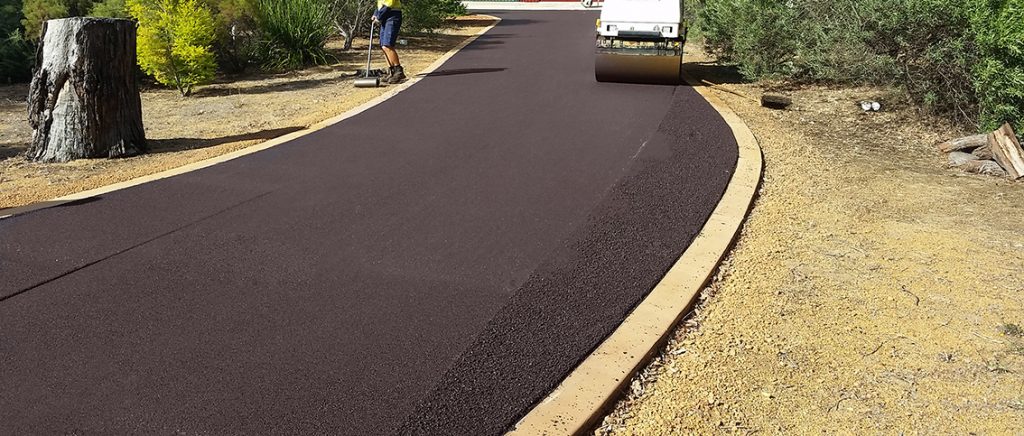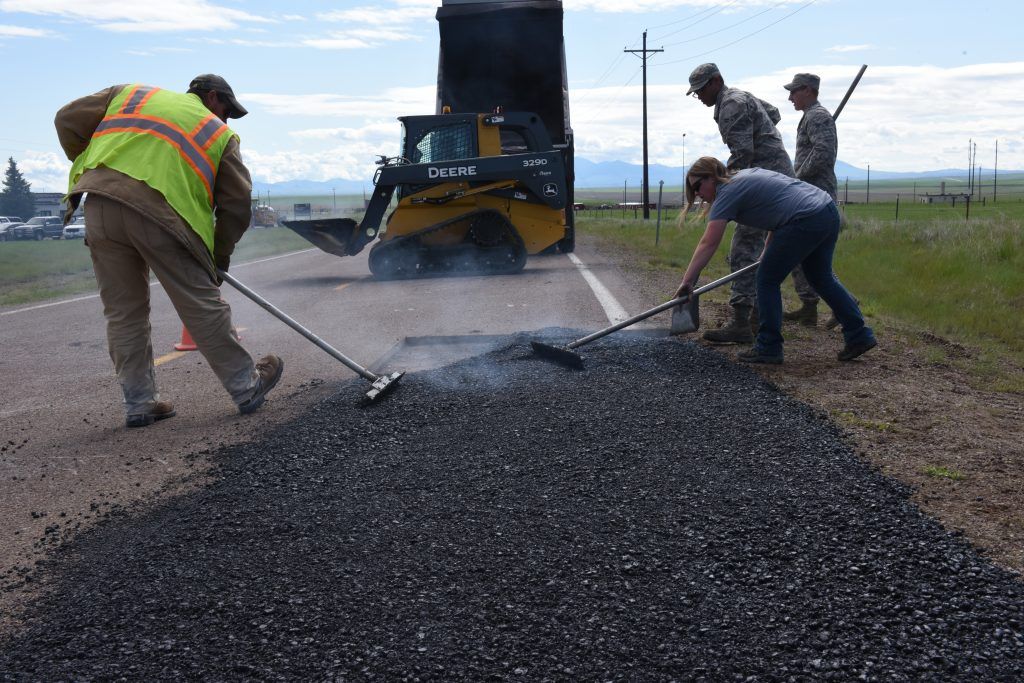Hot Mix Asphalt: The Foundation for Safe and Secure Angled Parking Lots
Hot Mix Asphalt: The Foundation for Safe and Secure Angled Parking Lots
Blog Article
Opening the Secrets of Warm Mix Asphalt Innovation
Exploring the midsts of hot mix asphalt technology uncovers a globe where accurate solutions and precise procedures assemble to shape our roads and framework. The combination of fillers, binders, and aggregates isn't just a building job but a strategic orchestration of longevity and effectiveness.
Importance of Hot Mix Asphalt
Hot Mix Asphalt plays an essential function in contemporary facilities advancement due to its resilience and cost-effectiveness. As the most commonly used paving material for roads, highways, and car park lots, Hot Mix Asphalt offers a variety of advantages that contribute to its significance in building projects.
The longevity of Warm Mix Asphalt originates from its structure, which includes accumulations, binder, and filler materials that are carefully selected and blended to satisfy certain efficiency requirements. This precise mix leads to a flexible and strong pavement that can withstand frequent use without significant wear and tear. Hot Mix Asphalt is 100% recyclable, further improving its sustainability and ecological benefits. Overall, the relevance of Warm Mix Asphalt in framework development can not be underrated, as it remains to be a cornerstone of modern-day building methods.
Parts of Asphalt Mixes
The make-up of asphalt blends is composed of thoroughly chosen aggregates, binder, and filler products that are crucial for achieving certain efficiency needs. Accumulations are the main part of asphalt blends, giving toughness and security. The binder, usually asphalt or asphalt cement, holds the aggregates together and supplies flexibility and sturdiness to the mix.
The combination and proportion of these elements play a significant function in figuring out the high quality and performance of the asphalt mix. Engineers thoroughly make the mix to fulfill details needs, taking into consideration aspects like website traffic volume, climate problems, and sidewalk life-span. Correct selection and harmonizing of accumulations, binder, and fillers are necessary for producing resilient, durable asphalt sidewalks.
Combining and Production Techniques

When the aggregates are selected, the binder, typically asphalt cement, is contributed to bind the materials together. The binder's high quality and amount substantially affect the mix's toughness, resistance, and adaptability to environmental variables. In addition, fillers like angled parking hydrated lime or Rose city concrete might be integrated to enhance certain characteristics of the asphalt mix, such as its workability or moisture resistance.
Throughout manufacturing, the aggregates and binder are warmed, normally in between 250-325 ° F(121-163 ° C ), to promote blending and guarantee proper layer of the accumulations. The blending process should be comprehensive to attain a homogeneous blend that advertises the preferred performance qualities of the asphalt. Numerous methods, such as set mixing or drum blending, are utilized to attain top quality and regular asphalt mixes for construction tasks.
Elements Influencing Asphalt Efficiency
Variables influencing asphalt performance include a range of variables that impact the sturdiness, long life, and total quality of asphalt pavements. One essential factor is the quality of materials used in the asphalt mix.

Ecological conditions likewise affect asphalt performance. Temperature level variations, wetness seepage, and web traffic tons can all impact the architectural stability of the sidewalk. Layout considerations, such as sidewalk density and water drainage, are crucial in guaranteeing the lasting efficiency of the asphalt pavement. By carefully taking into consideration these specialists, engineers and elements can enhance asphalt performance and improve the life span of pavements.
Sustainable Practices in Asphalt Modern Technology

WMA permits for the production and positioning of asphalt blends at lower temperature levels contrasted to traditional hot-mix asphalt, resulting in minimized energy consumption and greenhouse gas discharges. The usage of porous asphalt blends can aid alleviate stormwater drainage issues by enabling water to penetrate through the pavement and into the ground, promoting natural water filtering and reenergize processes.
Conclusion
To conclude, warm mix asphalt modern technology plays a crucial role in modern facilities growth because of its toughness and cost-effectiveness. By meticulously stabilizing parts, using correct blending techniques, and thinking about various variables, engineers can create top quality asphalt mixes that endure heavy traffic tons and harsh climate problems. Welcoming lasting methods, such as using recycled materials and warm-mix modern technologies, additionally improves the environmental friendliness of asphalt modern technology.
Blending and production methods in hot mix asphalt technology entail the exact combination and handling of accumulations, binder, and fillers to produce a high-performance and durable asphalt mix.Elements affecting asphalt performance encompass an array of variables that affect the resilience, long life, and general top quality of asphalt pavements. Lasting methods in asphalt technology include various campaigns aimed at reducing the ecological impact of asphalt manufacturing and paving procedures. By integrating reclaimed asphalt sidewalk (RAP) and recycled asphalt roof shingles (RAS) right into brand-new asphalt blends, the sector can substantially decrease the intake of raw materials and power, while additionally lowering garbage dump waste.
WMA permits for the production and positioning of asphalt blends at lower temperature levels compared to standard hot-mix asphalt, resulting in decreased energy usage and greenhouse gas exhausts.
Report this page